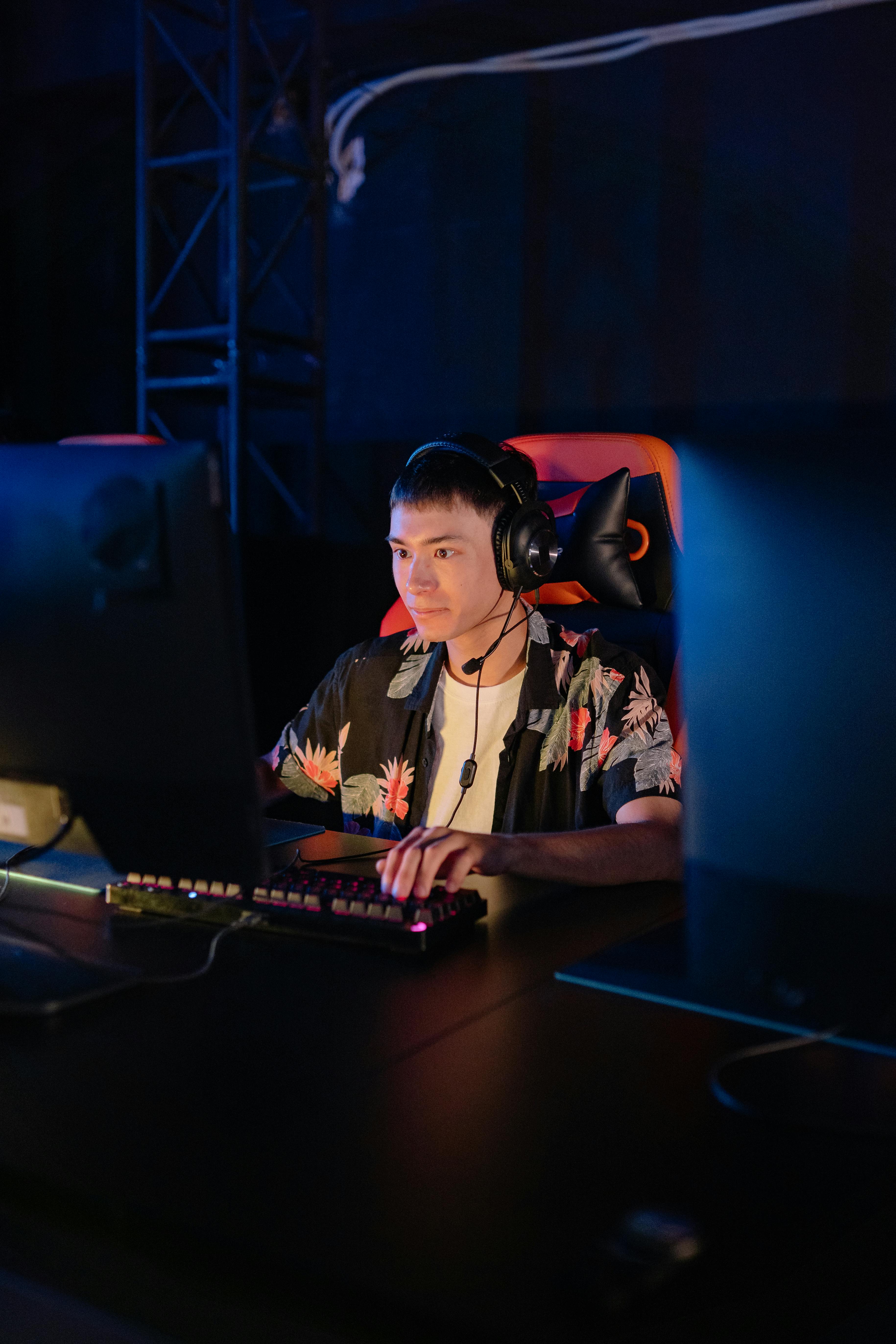Indie Horror's Reinvention: Beyond Jump Scares
In the vast landscape of gaming, a silent revolution is unfolding within the indie horror genre. Once dominated by cheap thrills and predictable jump scares, independent developers are now pushing the boundaries of psychological terror, creating experiences that linger long after the screen goes dark. This shift is redefining what it means to be scared in interactive media, challenging players to confront deeper, more existential fears.

Psychological Depth Over Cheap Thrills
Modern indie horror games are increasingly focused on psychological storytelling, delving into the human psyche to unearth fears that resonate on a deeper level. Titles like Layers of Fear and Observer use surrealist environments and unreliable narrators to blur the lines between reality and delusion. These games force players to question their perceptions, creating a sense of unease that persists throughout the experience. By tapping into universal fears and personal insecurities, developers are crafting horror that feels intimately tailored to each player.
Environmental Storytelling Takes Center Stage
One of the most significant trends in indie horror is the emphasis on environmental storytelling. Games like What Remains of Edith Finch and Gone Home use detailed, lived-in spaces to weave narratives that unfold through exploration. This approach allows for a more immersive and personalized horror experience, as players piece together the story at their own pace. The result is a slow-burn terror that builds gradually, relying on atmosphere and imagination rather than cheap jump scares to create tension.
Sound Design as a Psychological Weapon
Indie developers have recognized the power of sound in creating truly terrifying experiences. Games like Outlast and Amnesia: Rebirth use intricate sound design to manipulate player emotions, creating an atmosphere of constant dread. From the subtle creak of floorboards to the distant, indistinguishable whispers, these audio cues tap into primal fears, making players feel vulnerable even in moments of apparent safety. This sophisticated use of sound demonstrates how indie developers are maximizing limited resources to create outsized impact.
Blurring Genre Lines for Fresh Scares
Innovation in indie horror often comes from genre-blending, with developers incorporating elements from other game types to create unique experiences. Phasmophobia, for instance, combines cooperative gameplay with ghost hunting simulation, resulting in a social horror experience that’s as much about teamwork as it is about fear. Similarly, Inscryption merges deck-building card games with psychological horror, creating a mind-bending narrative that keeps players guessing until the very end. These hybrid approaches are opening up new avenues for horror storytelling and gameplay mechanics.
Cultural Specificity in Global Horror
As the indie scene continues to globalize, developers are drawing inspiration from their own cultural backgrounds to create horror experiences that feel authentically rooted in specific traditions and folklore. Games like Detention, set in 1960s Taiwan, and Mundaun, inspired by Swiss folklore, offer players a window into lesser-known mythologies and historical contexts. This trend not only diversifies the horror landscape but also introduces players to fears and anxieties unique to different cultures, broadening the emotional palette of the genre.
The Rise of Meta-Horror
Indie developers are increasingly playing with the very nature of games themselves to create unsettling experiences. Titles like Doki Doki Literature Club and Pony Island subvert player expectations by breaking the fourth wall and manipulating game mechanics in unexpected ways. These meta-horror games challenge our understanding of what a game should be, creating a sense of unease that extends beyond the confines of the virtual world. By making the act of playing itself a source of tension, developers are finding new ways to unsettle even the most seasoned horror fans.
Accessibility and Inclusivity in Horror
The indie horror scene is also addressing issues of accessibility and inclusivity, recognizing that fear is a universal emotion that should be experienced by all. Developers are implementing features like colorblind modes, customizable difficulty settings, and content warnings to ensure their games can be enjoyed by a wider audience. This focus on accessibility not only broadens the player base but also challenges developers to create horror that resonates on multiple levels, moving beyond reliance on visual or auditory scares alone.
The Future of Indie Horror
As technology continues to advance, indie horror developers are poised to push the boundaries even further. Virtual reality and augmented reality offer new possibilities for immersive terror, while advancements in AI could lead to more dynamic and unpredictable horror experiences. The indie scene’s willingness to experiment and take risks suggests that the future of horror gaming will be filled with innovative, thought-provoking experiences that continue to challenge our notions of what it means to be scared.
In conclusion, the indie horror renaissance is redefining the genre, moving away from cheap thrills towards more nuanced, psychologically complex experiences. By leveraging innovative storytelling techniques, advanced sound design, and cultural specificity, independent developers are creating games that terrify in new and unexpected ways. As the line between reality and virtual worlds continues to blur, indie horror stands at the forefront of gaming’s evolution, promising ever more immersive and unsettling experiences for those brave enough to explore its depths.





